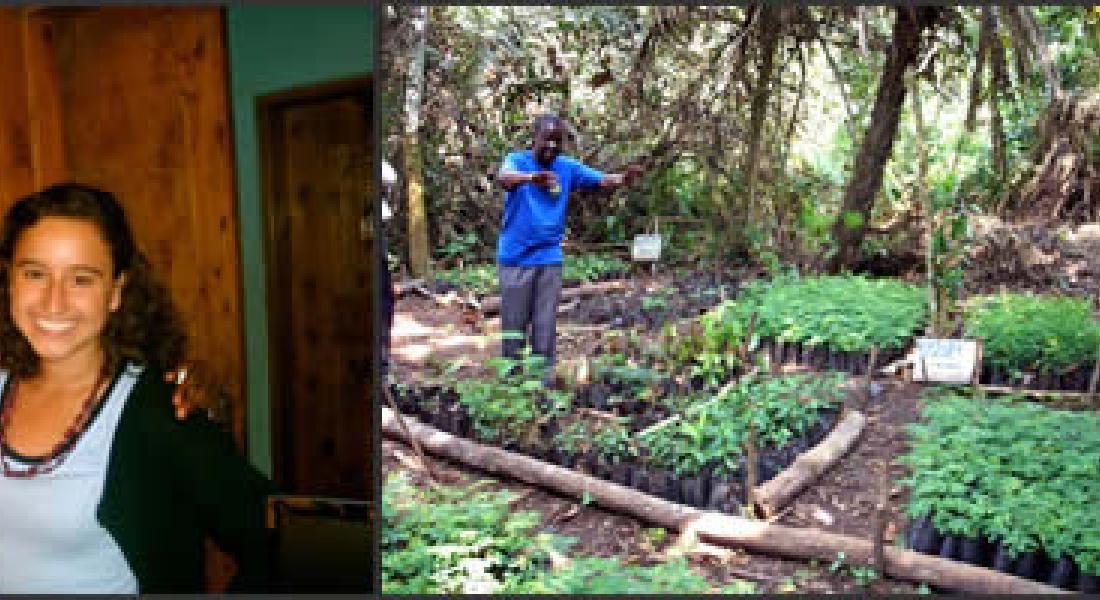
The wet ground is matted with leaves and pieces of wood. Trees and vines surround the entire space, save for a narrow dirt pathway leading into the depths of the woods. The fresh smell of various plants and herbs fill the air. An occasional chirp or click suggests that the biosphere is rich with diversity. We are in the depths of the Ugandan forest.
When I heard that we were going to visit traditional healers, herbalists and spiritualists, cartoon images of Voodoo and witch doctors filled my head. Travelling to see these people in reality, though, was a much deeper experience. We traveled to Buyijja Traditional Healers' Training Institute, where people are trained in an outdoor school in the forest, using the earth and the knowledge of teachers as textbooks, to become traditional healers.
The students who study at this school undergo three years of training during which they learn anatomy and botany to be able to use natural medicines to cure common ailments and to become traditional healers. During the last year, the traditional healing students specialize in fields such as bone setting, mental health and spiritualism. It was fascinating to see the students, sitting on a tarp in the middle of the forest with paper and pens, and the teacher, with a small chalkboard and a boiling pot or pieces of foliage, learning about practical medicine in this old-fashioned method.
In fact, these traditional healers serve a critical role in healthcare delivery and palliative care in Uganda. Many people consult these healers when they first become ill and the healer is able to treat basic maladies and refer the patient to a local center if the ailment requires more intensive treatment. In this way, the healers can serve as the connection between Western healthcare centers or hospitals and the more rural communities.
(Emily Mediate is a member of the International Scholars Program and an International Development Studies minor.)





